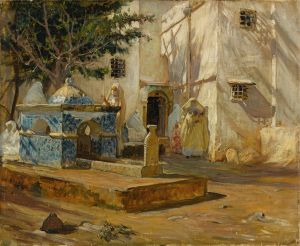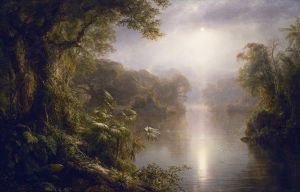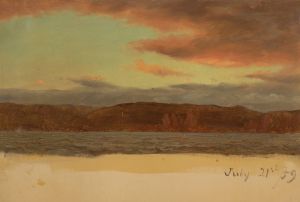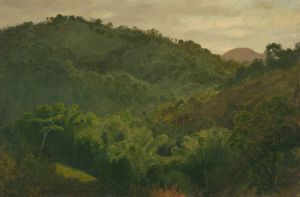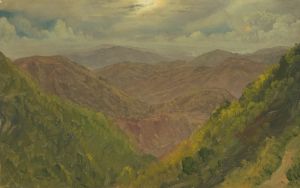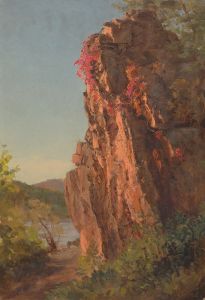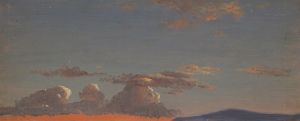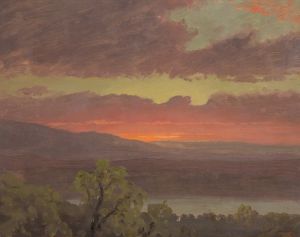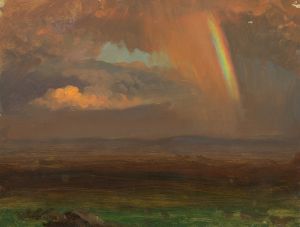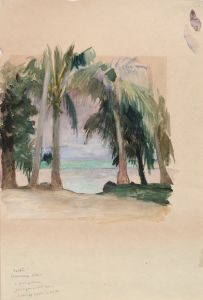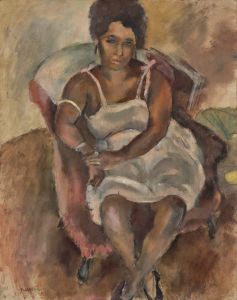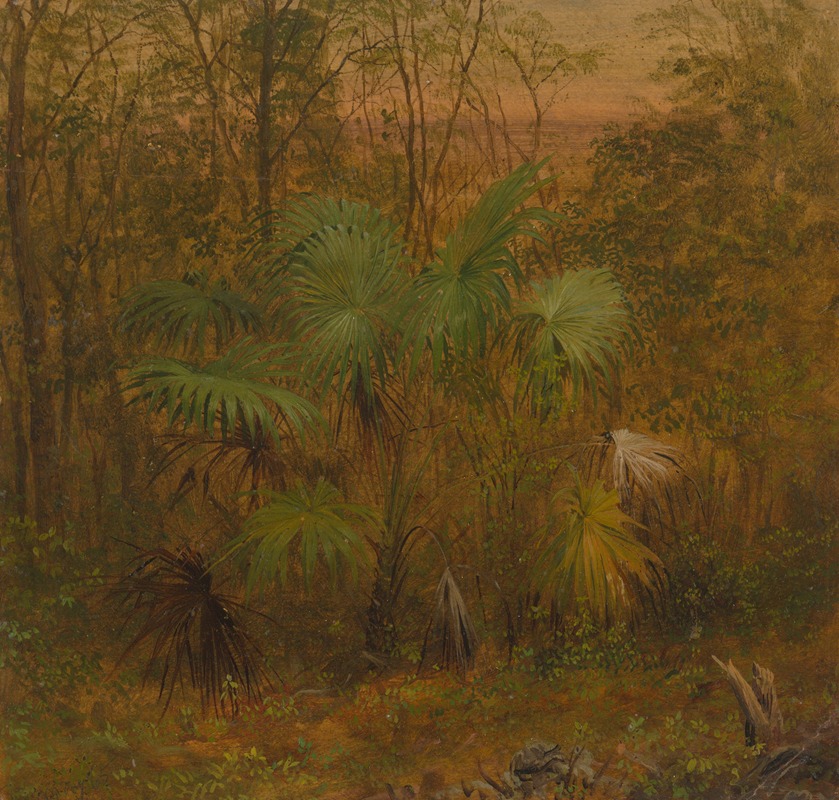
Thatch Palm, Jamaica
A hand-painted replica of Frederic Edwin Church’s masterpiece Thatch Palm, Jamaica, meticulously crafted by professional artists to capture the true essence of the original. Each piece is created with museum-quality canvas and rare mineral pigments, carefully painted by experienced artists with delicate brushstrokes and rich, layered colors to perfectly recreate the texture of the original artwork. Unlike machine-printed reproductions, this hand-painted version brings the painting to life, infused with the artist’s emotions and skill in every stroke. Whether for personal collection or home decoration, it instantly elevates the artistic atmosphere of any space.
Frederic Edwin Church's Thatch Palm, Jamaica is a painting created by the renowned American landscape artist during the 19th century. Church, a central figure in the Hudson River School, was celebrated for his detailed and dramatic depictions of natural landscapes. This particular work reflects his interest in tropical environments, a theme that emerged in his art following his travels to the Caribbean and South America.
Church visited Jamaica in 1865, a trip that inspired several sketches and paintings capturing the island's lush vegetation, vibrant light, and unique flora. Thatch Palm, Jamaica is one such work, showcasing Church's fascination with the exotic landscapes he encountered. The painting focuses on a thatch palm, a type of palm tree native to the region, rendered with meticulous attention to detail. The composition highlights the interplay of light and shadow, emphasizing the textures and forms of the tree and its surroundings.
This work exemplifies Church's ability to combine scientific observation with artistic expression. He was known for his dedication to accurately portraying the natural world, often basing his paintings on extensive field studies and sketches. In Thatch Palm, Jamaica, Church captures not only the physical characteristics of the palm but also the atmosphere of the tropical environment, evoking a sense of place that transports the viewer.
The painting is part of Church's broader body of work that explores the diversity of the natural world. His travels to regions such as South America, the Arctic, and the Middle East informed his art, allowing him to depict a wide range of landscapes with authenticity and grandeur. While Thatch Palm, Jamaica is not as widely recognized as some of his larger, more dramatic works, such as The Heart of the Andes or Niagara, it remains a testament to his skill and his interest in the natural beauty of the tropics.
Today, Thatch Palm, Jamaica is appreciated for its artistic and historical significance, offering insight into Church's creative process and his engagement with the landscapes he encountered during his travels. The painting serves as a reminder of the 19th-century fascination with exploration and the natural sciences, as well as the enduring appeal of Church's work in capturing the majesty of the natural world.





